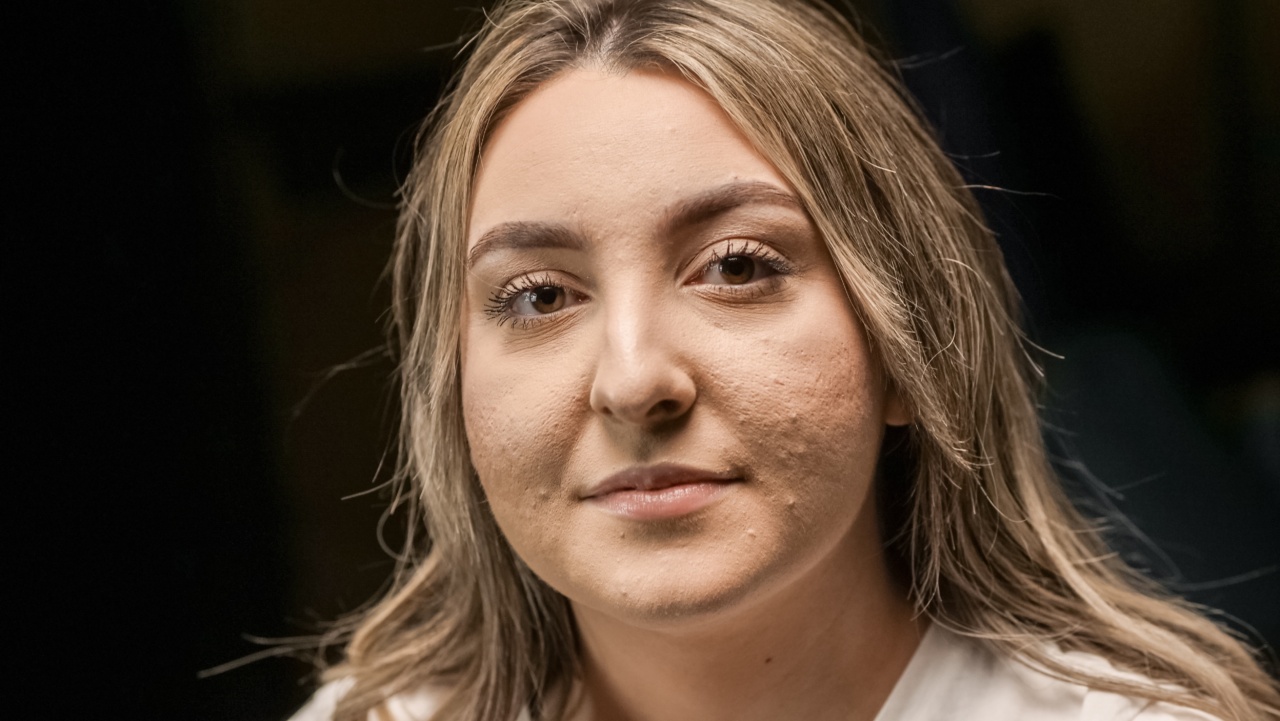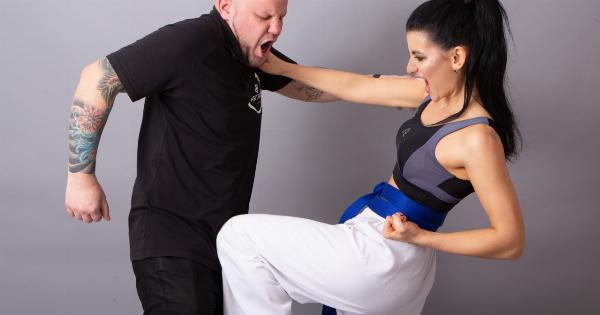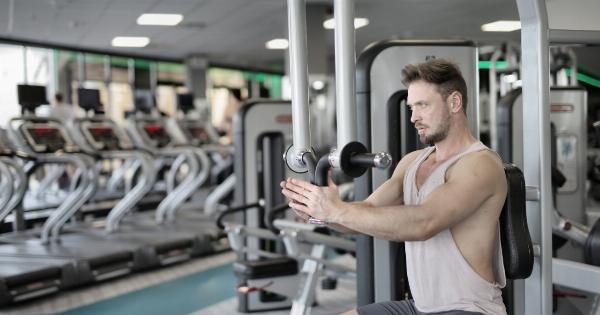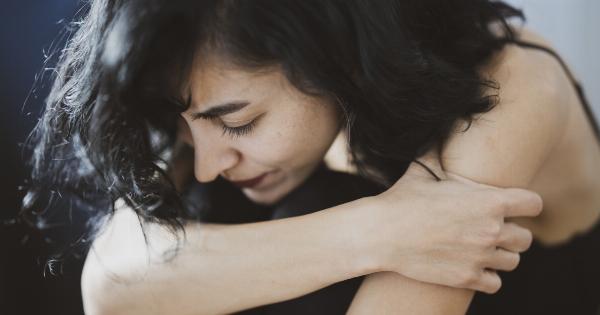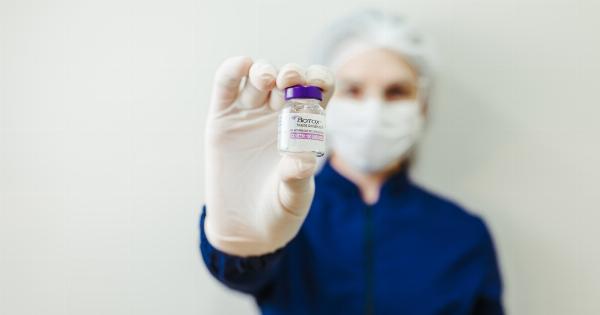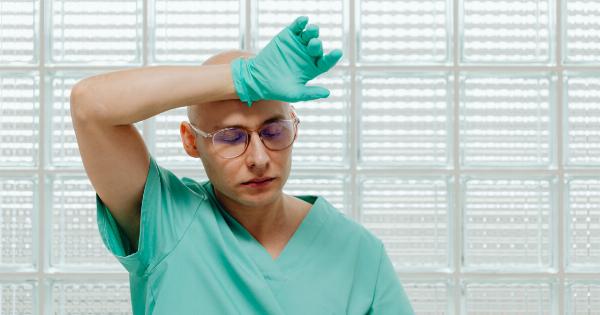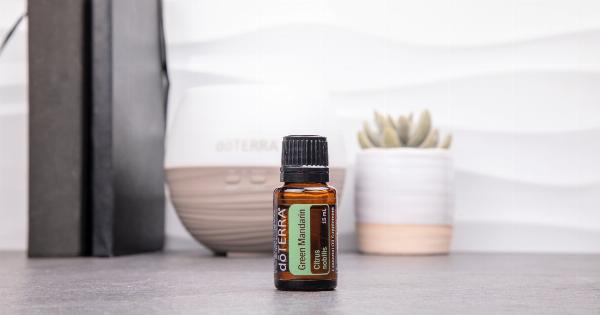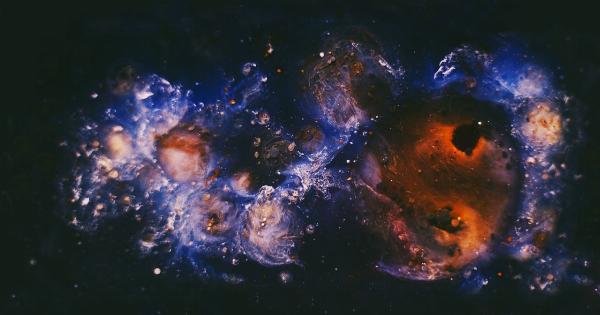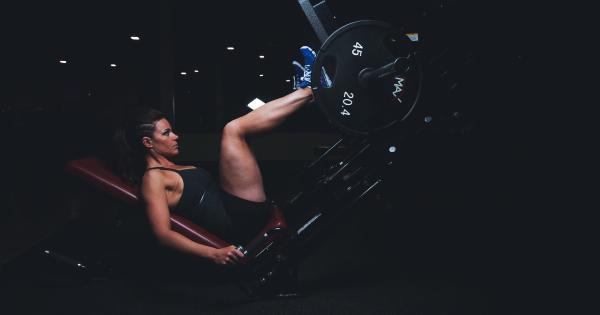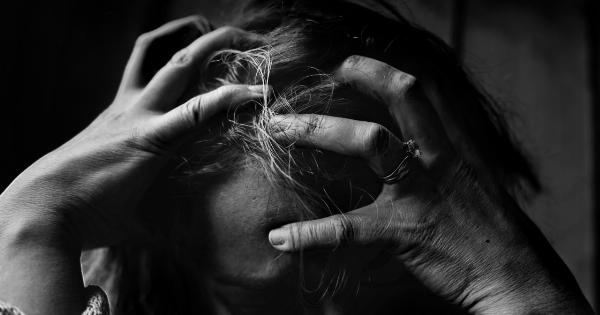Botox is a popular cosmetic treatment used to reduce the appearance of facial wrinkles and fine lines. Its effects are temporary, and it needs to be repeated every few months to maintain its results.
However, recent studies suggest that Botox has several benefits beyond its cosmetic uses. It can help treat acne and various other medical conditions. This article explores the benefits of Botox against wrinkles and acne.
Botox: A Quick Overview
Botox is a neurotoxin that is derived from the bacterium Clostridium botulinum. It works by blocking the signals between the nerve cells and the muscles, thus causing temporary paralysis of the targeted muscles.
Since the muscles are unable to contract, they relax, and their overlying skin becomes smoother, reducing wrinkles and fine lines.
Botox injections are quick and relatively painless. They usually take less than 15 minutes, and the treatment is safe and effective for most patients.
However, Botox has some potential side effects, including temporary swelling, redness, and bruising at the injection site, headache, and flu-like symptoms. These side effects are usually mild and resolve on their own within a few days.
Botox for Wrinkles
Botox is widely used to reduce the signs of aging by reducing the appearance of wrinkles and fine lines. It works best on dynamic wrinkles, which are caused by repeated facial expressions, such as frowning, squinting, or smiling.
These wrinkles are most commonly seen on the forehead, between the eyebrows, and around the eyes.
Botox injections can help smooth out these wrinkles by relaxing the underlying muscles. Results are usually visible within a few days, and they can last up to six months. Repeat injections are needed to maintain the results.
Botox for Acne
Recent studies suggest that Botox can also be used to treat acne by reducing the production of sebum, the oily substance that clogs pores and leads to breakouts.
This is because Botox works by inhibiting the activity of the sebaceous glands, which are responsible for producing sebum.
Research has shown that Botox injections can significantly reduce the severity and frequency of acne breakouts in some people. However, Botox is not a cure for acne, and it should not be considered as a first-line treatment.
It is best used as an adjunct therapy in combination with other treatments, such as retinoids, benzoyl peroxide, or antibiotics.
Other Medical Uses of Botox
Botox has several other medical uses beyond its cosmetic applications. It is widely used to treat certain medical conditions, such as muscle spasms, migraines, and excessive sweating.
Muscle spasms: Botox injections can help relieve muscle spasms and contractions in various parts of the body, such as the neck, shoulders, or limbs.
This is particularly useful for people with conditions such as cervical dystonia, a neurological disorder that causes involuntary muscle contractions in the neck and shoulders.
Migraines: Botox injections can help prevent chronic migraines in some people by blocking the release of pain signals in the brain. This can reduce the frequency and severity of migraines and improve the patient’s quality of life.
Excessive sweating: Botox injections can also be used to treat excessive sweating, a condition known as hyperhidrosis. Botox works by blocking the signals between the nerves and the sweat glands, reducing the amount of sweat produced by the body.
Conclusion
Botox is a versatile and effective treatment with several benefits beyond its cosmetic uses. It can help reduce the appearance of facial wrinkles and fine lines, treat acne, muscle spasms, migraines, and excessive sweating.
However, it is important to have a thorough consultation with a trained and experienced doctor before considering Botox treatment. Patients should also be aware of its potential side effects and weigh the risks and benefits of the treatment.
